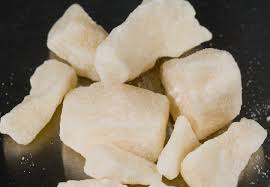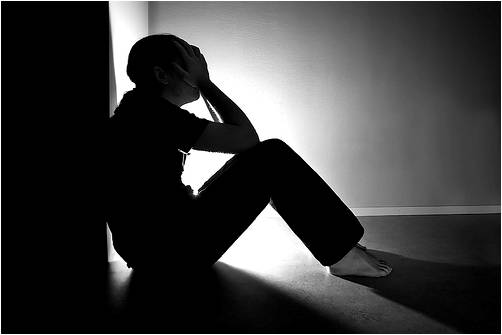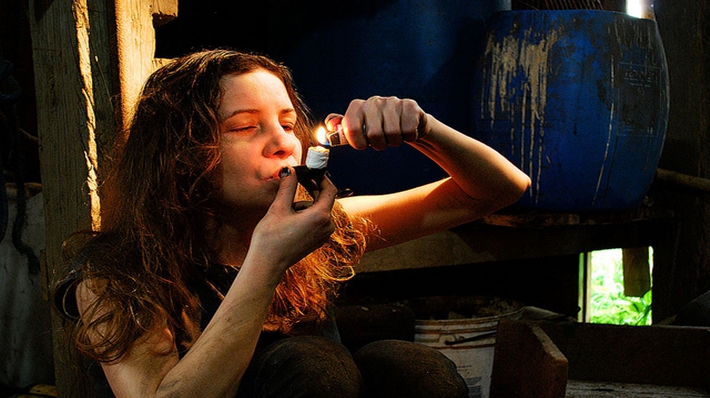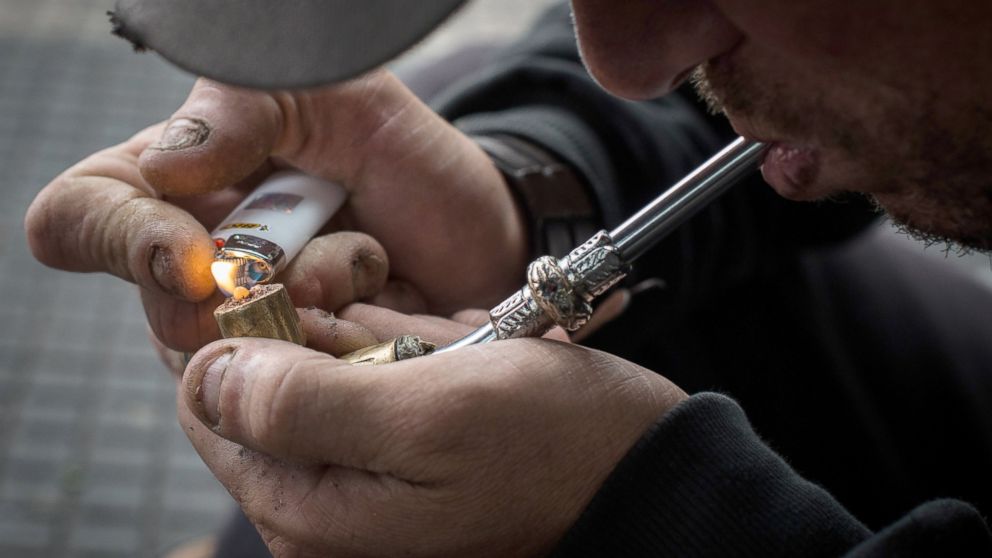Crack Cocaine
Crack is a powerful stimulant that is made up of a cocaine and baking soda. When cocaine is crushed down, mixed with ammonia and baking soda and heated, the substance evolves into a hardened, more potent mixture that can be smoked to produce intense effects. The name “crack,” according to the Center for Substance Abuse Research, is given to the substance because of the crackling noise that is made when the drug is smoked. Other names include:
- Freebase
- Rock
- Base
- Hard
- Cookie
- Sugar block
- Kryptonite
How is Crack Abused?
Crack is generally smoked using a glass pipe. The substance can also be intravenously injected or snorted but both of these methods of use are far less common. The crackling and popping that occurs when the drug is heated is not only responsible for the drug’s namesake, it can also cause burns on the user’s mouth, lips, hands and face. Because of the risk of the drug crackling and burning the user or popping right out of the pipe, most users smoke crack out of what is known on the streets as a “crack stem.” This is a long, slender glass tube that allows the user to put the drug deep inside the device so that crackling does not result in the drug being ejected from the pipe.
Unfortunately, glass gets hot very quickly and most people who smoke crack will use the drug repeatedly over and over again in a single setting which leads to intense burns on the hands, fingers and lips. Users often have burnt hands, black fingertips and may show other noticeable signs of abuse that can be easily spotted by the right eye.
Crack may also be mixed with other drugs, such as marijuana or heroin. When users abuse multiple drugs at a time, the risk for overdose and serious consequences are greatly increased.
Short Term Effects of Crack Cocaine

Crack cocaine use can cause violent outbursts.
When a user smokes crack, the immediate effects include heightened paranoia, increased blood pressure and reduced appetite. The initial rush will last for about ten minutes and then the user will generally seek more of the drug in order to keep the intense euphoria going. Immediate effects which tend to appear within seconds of the crack vapors being inhaled from a pipe include:
- Rapid heart rate
- Dilated pupils that are minimally responsive to light
- Intense stimulation
- Aggressiveness or violent outbursts
- Anxiety and heightened paranoia
- Rapid breathing
These effects will generally dissipate within a few hours without continued use of the drug. Unfortunately, as the effects dissipate, the user will often feel intense cravings to reproduce the high that they earlier felt. As a result, many users will binge on crack cocaine for hours or days at a time, repeatedly using the drug over and over again; such use can lead to overdose, psychosis or other serious side effects.
Long Term Effects of Crack Cocaine
Repeat use of crack cocaine can have a significant impact on the overall health and mental stability of the user. According to UCSC Health Center, “chronic use can result in a period of paranoid psychosis, in which the user loses touch with reality.” Additional long term effects of crack cocaine use include:
- Chronic depression
- Extreme disturbances in mood, mood swings, and irritability
- Stroke, heart attack or death
- Seizures
- Damage to the organs, reproductive system, and heart
- Heightened, semi-permanent or even permanent psychosis
- Respiratory failure
How Prevalent is Crack Abuse?
While a recent study found significant differences in the types of people who use, frequency of use, methods of use, and other elements related to drugs, crack abuse continues to be one of the most substantial and widespread epidemics in the United States. Of the some 12 million people who abuse drugs in America, nearly ¾ of a million use crack according to America’s Drug Abuse Profile. Another study by the National Institute of Justice, found that, “crack users reported living in shelters or on the streets more frequently than did other drug users in most sites.”
Not only is crack dangerous, using this drug can and often does lead to homelessness, helplessness and other serious consequences. Users report long term damage to their health, mentality and emotional stability as a result of crack addiction.
Who Uses Crack?
Geographically, crack cocaine use varies from state to state. The age, race and sexual orientation of crack users is much different in the inner cities versus rural neighborhoods. Unfortunately, according to the Institute for Community Research, “some crack users do not fit these characteristics and are still at very high risk of health related consequences.” There’s no single race, age, ethnicity, or socioeconomic status that is prone to or safe from the risks of crack cocaine abuse and addiction. While homelessness and economic disadvantage can account for some users, others are wealthy, economically stable and otherwise “not your typical user.”
Recognizing Signs of Crack Use
You may notice a number of physical, psychological, environmental and behavioral sigs in someone who is regularly abusing crack cocaine. Changes in attitude, performance, emotions, and energy levels are all common in people who use crack cocaine. Additionally, you may spot physical signs of abuse such as bloodshot eyes or dilated pupils that are unresponsive to light changes. Some users will mistakenly leave their drug paraphernalia out in the open where family members or friends can later find it—all of these situations lend way to the potential that someone you know might be using crack cocaine.
According to UCSC Health Center, additional signs of crack cocaine use include:
- Burns on the hands, fingers, mouth, lips or face
- Black soot or ash on the hands or fingers
- Small baggies with left behind drug residue
- Brillo pad or similar paraphernalia used in the creation of a crack pipe
- Glass pipes
- Inexplicable need for money
- Inexplicable loss of money
- Changes in sleep patterns
- Changes in social groups or hobbies
- Lack of personal responsibility
- Erratic behavior
- Mood swings and agitation
- Hostility
- Relationship problems
Crack Cocaine Addiction
Unfortunately, repeat use of crack cocaine can lead to physical and psychological dependence which makes it very challenging to quit even if you really want to. Crack addiction results from chemical changes in the brain which cause a response which includes cravings and a strong desire to use the drug. Some users report becoming addicted after a single use of the drug simply because they are forever seeking the same level of high and intoxication that they had their first time using crack. The desire to repeat this high over and over again leads to rapid changes in the thought processes and behaviors of the user.
Withdrawal from crack cocaine begins almost immediately after the drug is used. The user begins to feel like he or she will do “anything” to keep the high going. As time goes on without the drug, cravings and intense nagging to use take over; the individual will feel depressed and irritable without the drug; there will be a strong urge to evoke that sense of euphoria and sensation that was once felt. While withdrawal from crack is not a strongly physical element of the addiction, it can be very emotional. Psychologically, the user does not know how to feel good without crack and often resorts back to the drug over and over just to feel better.
If you or someone you know is addicted to crack cocaine, seek help immediately! Our toll free helpline 800-605-6597 Who Answers? can assist you in finding the right treatment and therapy to help ease the pain and restore balance into your life.
Calls to the general helpline will be answered by a paid advertiser. By calling the helpline you agree to our terms of use.








